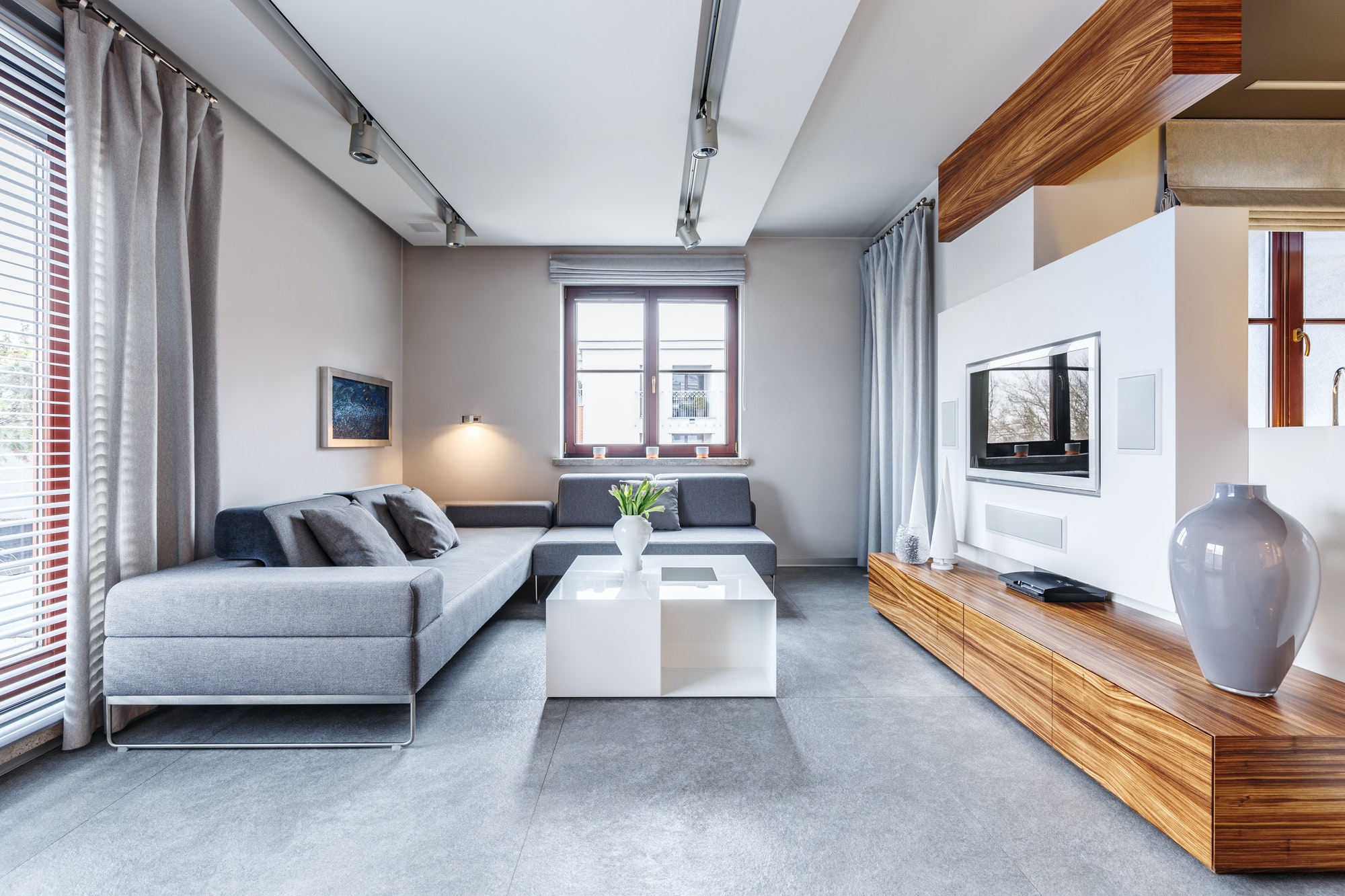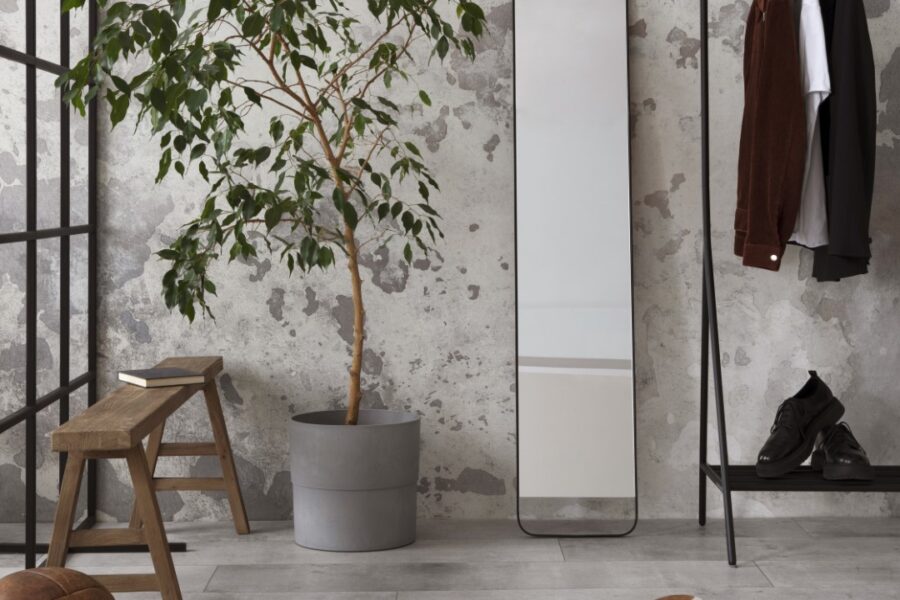Dreaming of transforming your home into a lush, nature-inspired sanctuary? Biophilic design might be your ticket to paradise. But beware! Even with the best intentions, it’s easy to stumble into common pitfalls that can turn your indoor oasis into a barren wasteland. Let’s explore 20 biophilic design blunders that could be sabotaging your efforts to bring the great outdoors inside.
Picture this: You’ve spent weeks meticulously planning your biophilic masterpiece, only to end up with a space that feels more like a concrete jungle than a serene retreat. Don’t worry, you’re not alone! Many enthusiastic nature-lovers have fallen victim to these sneaky design traps. But fear not, intrepid indoor gardeners! We’re here to help you navigate the treacherous waters of biophilic design and emerge victorious.
Recent research has shown that biophilic design can have significant positive impacts on human health and wellbeing. A study published in the Journal of Environmental Psychology found that employees working in spaces with biophilic elements experienced a 15% increase in self-reported productivity and a 6% increase in creativity. These findings underscore the importance of getting biophilic design right in our indoor environments.
Now, let’s dive into the 20 biophilic design blunders that could be killing your indoor oasis:
1. Overloading with fake plants
Filling your space with artificial greenery might seem like a low-maintenance solution, but it can create a sterile, lifeless atmosphere.
2. Ignoring natural light
Blocking windows or relying solely on artificial lighting can rob your space of the vital connection to the outdoors.
3. Choosing the wrong plants for your space
Not all plants thrive in all environments. Selecting species ill-suited to your light conditions or climate is a recipe for disaster.
4. Neglecting proper drainage
Waterlogged plants are unhappy plants. Ensure your pots have adequate drainage to prevent root rot.
5. Overcrowding your space
More isn’t always better. Cramming too many elements into a small area can create a cluttered, chaotic feel.
6. Forgetting about air quality
Plants can improve indoor air quality, but only if you choose the right ones and maintain them properly.
7. Neglecting natural textures
Smooth, synthetic surfaces don’t capture the essence of nature. Incorporate rough, organic textures for a more authentic feel.
8. Ignoring the power of water
Water features can add a soothing element to your space, but overlooking them misses a key biophilic opportunity.
9. Using toxic materials
Some paints, finishes, and materials can off-gas harmful chemicals, counteracting the health benefits of biophilic design.
10. Forgetting about soundscapes
Nature isn’t silent. Incorporating natural sounds can enhance the biophilic experience.
11. Neglecting seasonal changes
Nature evolves throughout the year. Static biophilic designs miss out on the dynamic quality of the natural world.
12. Overlooking natural patterns
Geometric patterns found in nature can be incorporated into design elements for a subtle biophilic touch.
13. Focusing only on green
Nature isn’t just green. Incorporate a variety of natural colors to create a more authentic environment.
14. Ignoring the importance of views
If you have access to outdoor views, make the most of them! Don’t block windows with furniture or heavy curtains.
15. Forgetting about natural ventilation
Fresh air is a crucial component of a healthy indoor environment. Don’t rely solely on artificial air conditioning.
16. Neglecting maintenance
Living elements require care. Failing to maintain your plants and natural elements can quickly lead to a deteriorating space.
17. Overlooking biomorphic forms
Incorporating shapes and patterns that mimic natural forms can enhance the biophilic feel of your space.
18. Ignoring the human-nature connection
Biophilic design isn’t just about plants. It’s about creating spaces that resonate with our innate connection to nature.
19. Forgetting about natural light cycles
Our bodies respond to natural light cycles. Ignoring this can disrupt circadian rhythms and overall wellbeing.
20. Neglecting the bigger picture
Biophilic design should be holistic. Focusing on individual elements without considering the overall effect can lead to a disjointed space.
To fix these blunders, start by reassessing your space with a critical eye. Remove artificial elements and replace them with living plants suitable for your environment. Maximize natural light and views where possible, and incorporate a variety of natural textures, colors, and patterns. Don’t forget to consider all sensory experiences, including sound and smell. Regular maintenance is key to keeping your biophilic design thriving.
Creating a truly biophilic space is about more than just adding a few plants. It’s about fostering a deep connection with nature that resonates on a primal level. By avoiding these common pitfalls and embracing the full spectrum of biophilic design principles, you can transform your indoor environment into a vibrant, life-affirming oasis.
So, are you ready to breathe new life into your space? With these insights in hand, you’re well-equipped to create a biophilic masterpiece that will nurture your body, mind, and soul. Happy designing, and may your indoor oasis flourish!
Discover more from Futurist Architecture
Subscribe to get the latest posts sent to your email.

![modern apartment [article_title]](https://www.futuristarchitecture.com/wp-content/uploads/2025/03/7-Electric-Hacks-to-Zap-Energy-Bills-With-LED-Lights-900x600.jpg)

